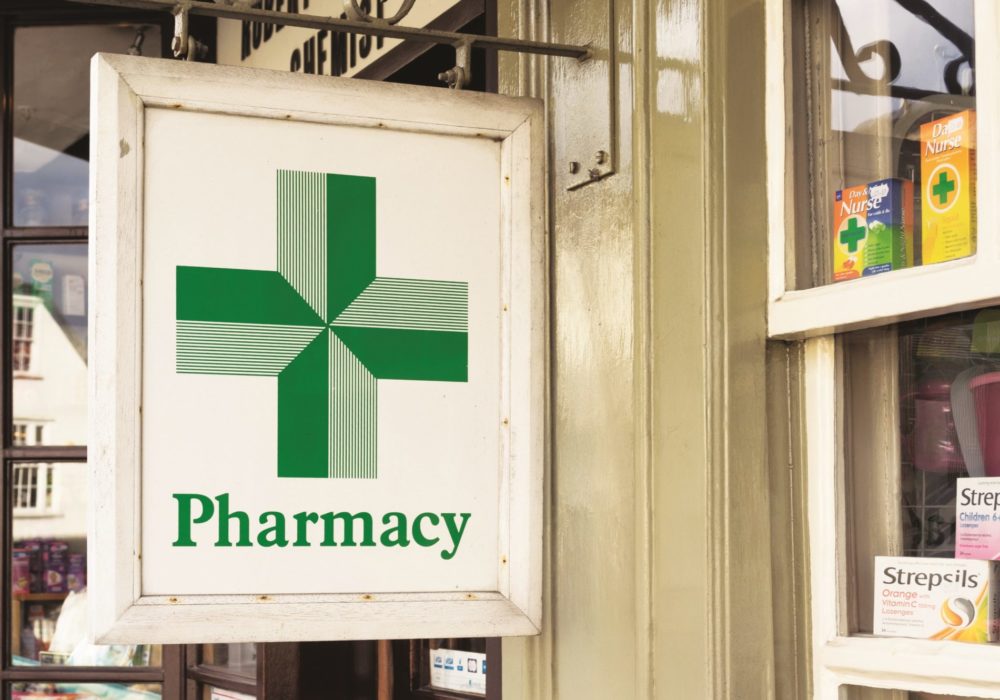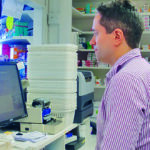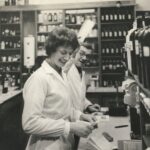Here we look at the role of pharmacies, how they have evolved and how community pharmacy continues to evolve to meet the ever-changing needs of the population and modern consumer expectations
“Pharmacies have seen enormous changes over the years. A century ago, anyone visiting their local pharmacist would have been presented with a very different scene to the modern pharmacy”
“Modern pharmacists do so much more than hand out pills and count tablets. As well as offering advice and treatment for minor ailments such as earaches and skin rashes, a pharmacist will refer you for a GP or hospital appointment if something needs checking out further”
“Whatever the future holds, pharmacies will continue to play an important role in the health, wellbeing and daily life of the communities they serve for decades to come”
Facts/stats
1948 – formation of the National Health Service
Community pharmacy is increasingly integrated with the wider NHS
Pharmacies have seen enormous changes over the years. A century ago, anyone visiting their local pharmacist would have been presented with a very different scene to the modern pharmacy. In those days pharmacies were filled with an array of colourful bottles and smells – this was because the medicines that were dispensed by pharmacists were made at the back of the premises.
Pharmacists would create pills and potions by hand, using recipes written in a ledger. They would weigh ingredients and mix and grind them in a mortar. Today, pharmacies buy medication from wholesalers that has often been imported from across the globe.
Many other changes have taken place in the world of pharmacy over the past century. They include the formation of the NHS in 1948, the overhaul of medicines regulations in 1968, the massive expansion in the range of medicines available to patients and new roles in public health, urgent care and managing long-term conditions; all bringing us to the vital contribution of pharmacies during the COVID-19 pandemic.
Modern pharmacists do so much more than hand out pills and count tablets. As well as offering advice and treatment for minor ailments such as earaches and skin rashes, a pharmacist will refer you for a GP or hospital appointment if something needs checking out further.
Community pharmacy is increasingly integrated with the wider NHS. Pharmacies work closely with GPs and help to prevent hospital admissions and unnecessary GP appointments.
As a result of all this, pharmacists have developed a range of skills that extend far beyond a knowledge of medicines. This was especially highlighted during the pandemic.
Covid was the biggest test in the history of community pharmacy. With GP surgeries, opticians and dentists forced to suspend services or provide care remotely, many patients turned to pharmacy teams for face-to-face help. Those teams faced the challenges head-on despite a massive increase in workload.
Another consequence of the pandemic is that it has rapidly accelerated several developments in pharmacy practice. It is clear that community pharmacy will need to keep evolving to meet the ever-changing needs of the population and modern consumer expectations.
Technological advances mean that pharmacists can access elements of electronic patient care records to maximise medicines safety. In England paper prescriptions were phased out for electronic prescriptions in 2019. Implementation of electronic prescriptions is at variable stages in other parts of the UK.
Pharmacies will always provide a responsive, personal, face-to-face service in the community, but many now also offer the convenience of online ordering and digital communication with patients.
Technology will present other opportunities such as changes to diagnostics and monitoring of disease. Opportunities are growing for patients to run their own tests, such as for blood pressure, and monitor disease progression without necessarily relying on the health service.
But who is there to help a patient interpret what they are finding or deal with a concerning result? That is one reason why accessible and trusted community pharmacists will always be vital.
Who knows where digital developments may take us in the future? Hopefully it will enable pharmacists to get closer to their patients, be even more efficient and provide increasingly personalised treatments.
Whatever the future holds, pharmacies will continue to play an important role in the health, wellbeing and daily life of the communities they serve for decades to come. For pharmacists and their teams, it is a privilege to help people and save lives.
THE MODERN HISTORY OF COMMUNITY PHARMACY
1921: The Retail Pharmacists Union is formed (later to become the National Pharmacy Association).
1933: Legislation lists poisons that can only be sold in accordance with a prescription given by a doctor, dentist or veterinary surgeon.
1948: Formation of the National Health Service. People can get free prescriptions so there is much more dispensing in pharmacies.
1954: Legislation ensures services provided under contract to the NHS in community pharmacies and by community pharmacists are regulated in part by the NHS.
1963: In the aftermath of the thalidomide disaster, the Yellow Card scheme is introduced to report adverse drug reactions.
1967: Pharmacy students get experience after their studies and can put their knowledge into practice; what is now called pre-registration.
1968: New medicines have to be approved and licensed before being allowed on to the market.
1984: Regulations restrict the opening of new pharmacies. They now have to prove that their NHS service is ‘necessary or desirable’.
1985: The number of medicines prescribable on the NHS is reduced, creating demand for over-the-counter drugs.
1991: Nicotine gum is the first form of nicotine replacement therapy made available from pharmacies.
1999: The Yellow Card Scheme is extended to community pharmacists.
2005: A new community pharmacy contract in England and Wales rewards provision of high-quality NHS services as well as dispensing. The electronic prescription service is launched in England.
2006: Pharmacists can prescribe independently of a doctor.
2009: The Royal Pharmaceutical Society introduces mandatory continuing professional development for pharmacists.
2010: The Royal Pharmaceutical Society sheds its regulatory role and the General Pharmaceutical Council is formed. It is the independent regulator of the pharmacy profession in England, Scotland and Wales.
2016: An overhaul of community pharmacy funding in England is announced by the government.
2020: The coronavirus pandemic sees pharmacies on the frontline of efforts to protect the population from illness.














![BODi-NPA_UK-MPU_Hero-1300×450[14]](https://www.yourhealthyourpharmacy.co.uk/wp-content/uploads/2023/09/BODi-NPA_UK-MPU_Hero-1300x45014-1-150x150.jpg)

























































































![19150_Diageo NCP MPU Hero_1300x450px[94][42]](https://www.yourhealthyourpharmacy.co.uk/wp-content/uploads/2023/04/19150_Diageo-NCP-MPU-Hero_1300x450px9442-150x150.png)














